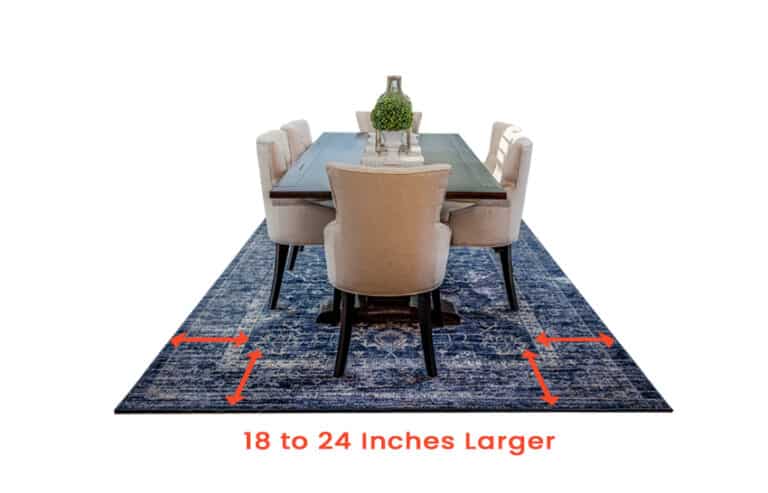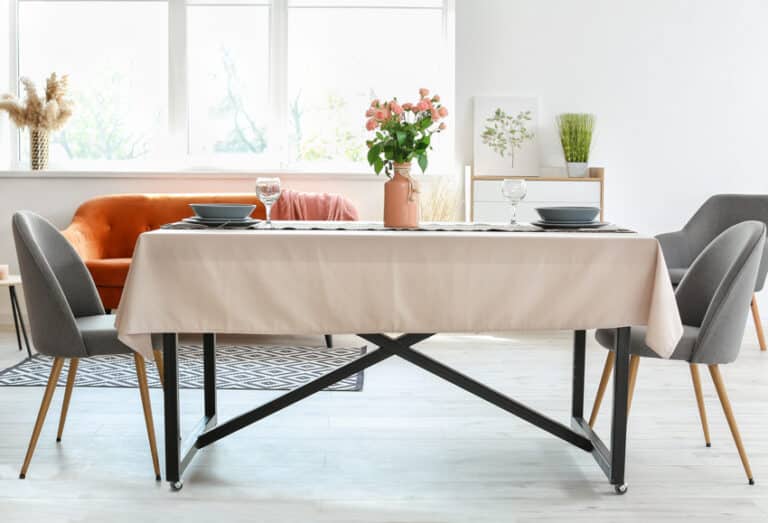27 Silverware Types (Flatware, Cutlery & Uses)
Whether in a restaurant business or just completing your silverware at home, knowing the right flatware makes a difference in your food’s aesthetic and flavor. It takes more than having fancy silverware. You must know the types of silverware, including their right uses and the basics of setting them up on your table styling.
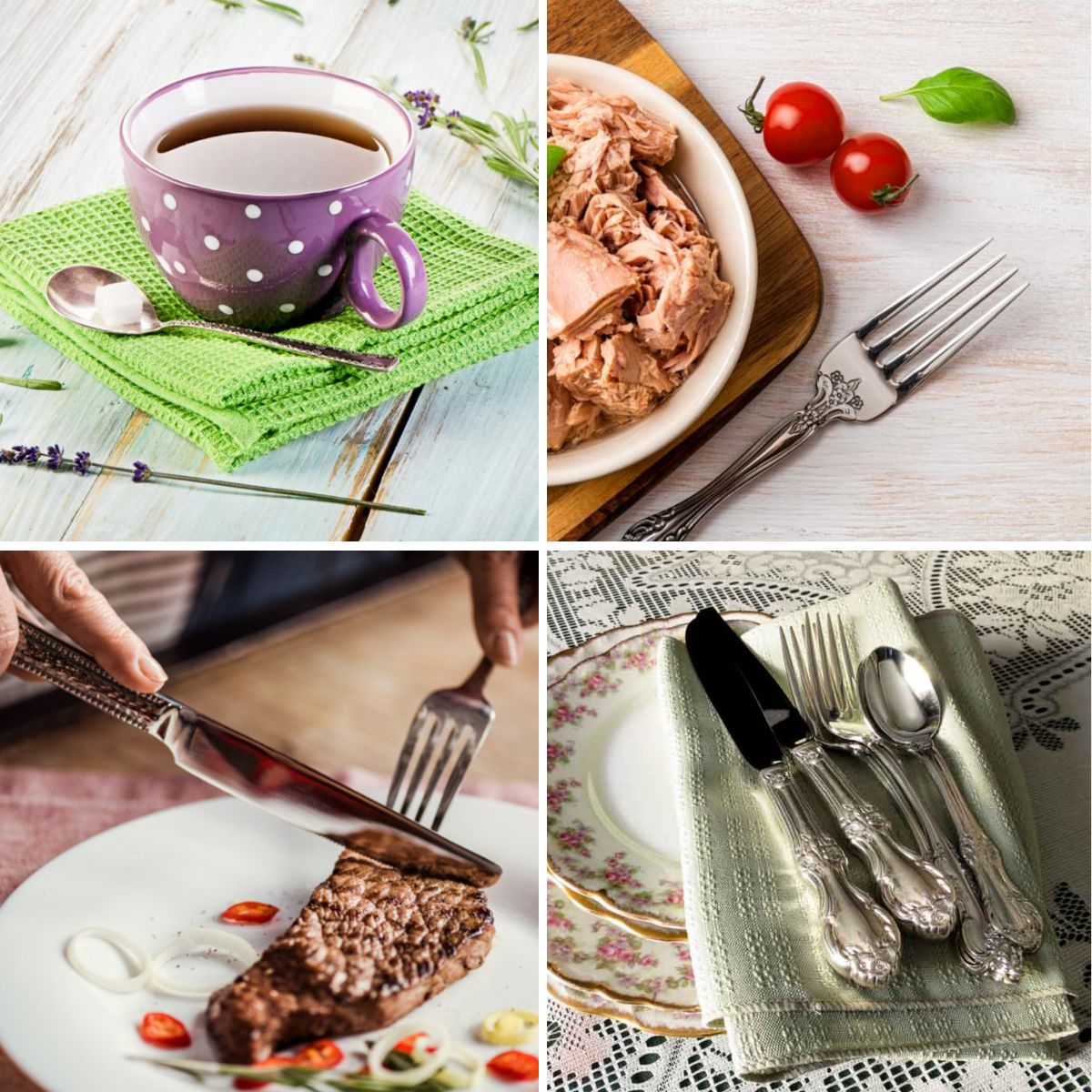
The different sizes, sharpness, and other elements that make each silverware functional can make a difference in your overall dining experience.
Types of Flatware Classes
Here is a breakdown of the primary silverware or flatware types.
Forged Flatware: A durable class of flatware made from solid stainless steel. The flatware is visibly thick and shiny, making it ideal for home and commercial use. This class of flatware is the most durable on this list.
Medium Flatware: Medium Flatware is a lighter version and not as tough as the others on this list. It can still be used for home and commercial settings and is a value-oriented product. This is it for people wanting to save on money while still getting a decent set of eating utensils.
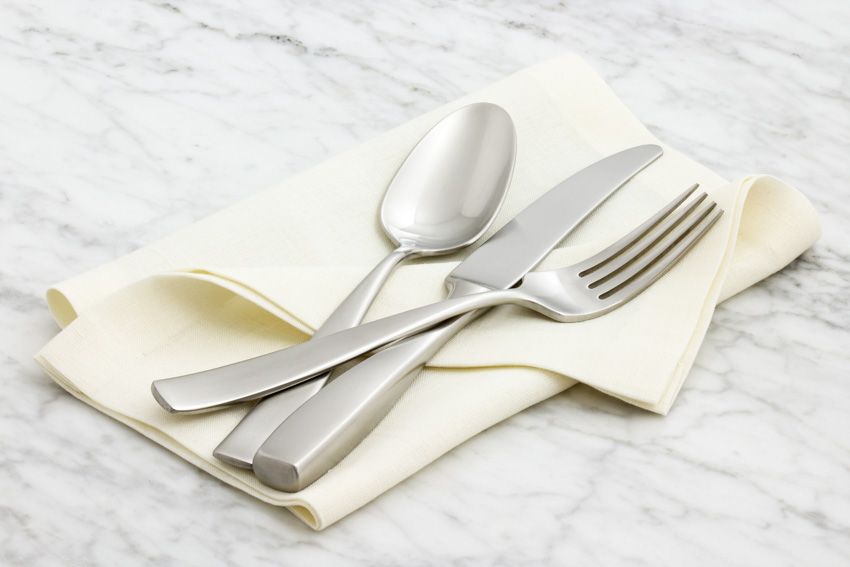
Heavy Flatware: The heavy class of flatware is upgraded to medium class but still below the forged class. This is suitable for applications like fast-casual dining. The metal is not easily bent but is still possible if done intentionally.
Extra Heavy Flatware: The extra heavy class is an upgrade to heavy but is still below the forged class. Just like the heavy, you can expect the same qualities but better. The price tag is higher, making this class suitable for finer dining. It’s very hard to bend; you can expect this to last a lifetime.
Types Of Forks
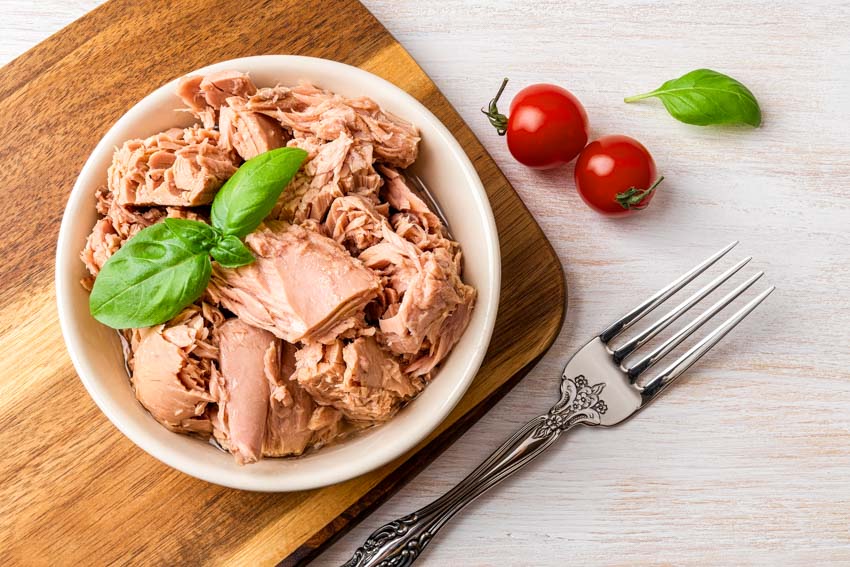
Here, we share the different fork types and when to use them.
Dinner Fork
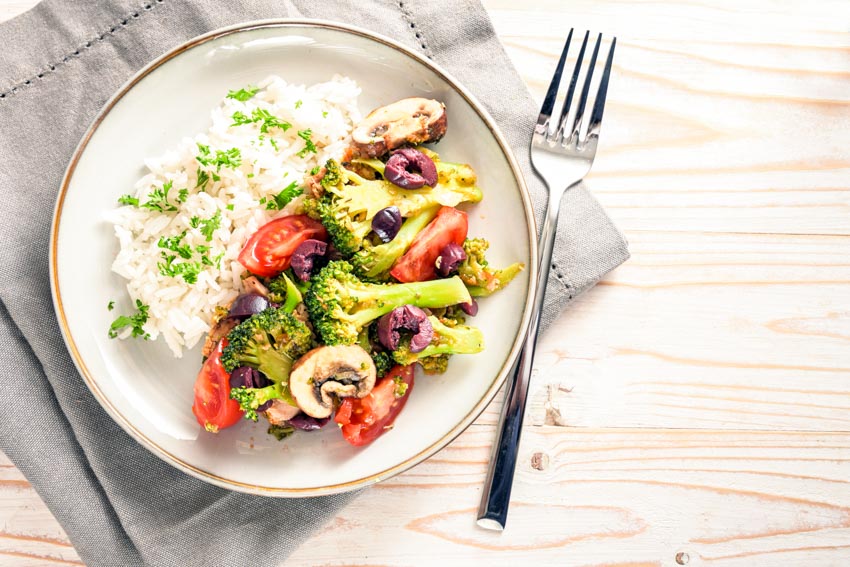
With four elongated tines, a dinner fork is used to eat the main course of a meal, such as a steak, chicken, or beef. It is around 7 inches long and appears bigger than your salad forks and table forks. It’s easy to spot a dinner fork. You’ll find it toward the left side of your serving plate in a table setting.
Along the line of forks, the dinner fork is just beside or between the shorter-sized salad and fish fork. A dinner fork has four tines of equal length, wide, and a well-balanced shape. The dinner fork is a staple in formal dining restaurants, and you can purchase it with a silverware set or separately.
Salad Fork
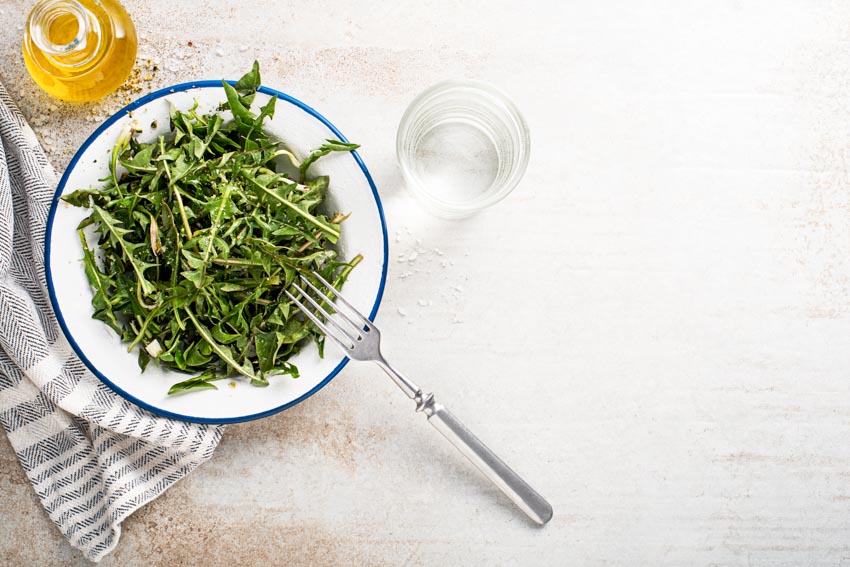
Shorter than a dinner fork and sometimes used as dessert forks, salad forks measure around 6 inches long, with the left side having a flat edge. Another way to identify a salad fork is that the out tines are thicker than the central tines.
Salad may be served before or after the main course. The placement of the fork tips you off. If a salad is served prior to or after the main course, use the smaller salad fork. – Etiquette For Dummies, Sue Fox
Old designs of salad forks usually only have the left side having the thicker tine as most are right-handed. Today, salad forks are made with both the left and right tines wider, making it easier to cut through leafy vegetables and easier to consume bite-sized portions.
A salad fork is positioned on dining types of tables depending on when you plan to serve your salad as forks are placed in order of use, with the first fork placed farthest from the dinner plate.
When a salad course is served after the main course, the salad fork is positioned on the left side of most of the plate, right to the dinner fork. At the same time, a salad that is served as an appetizer will position the salad fork the furthest to the left side.
Serving Fork
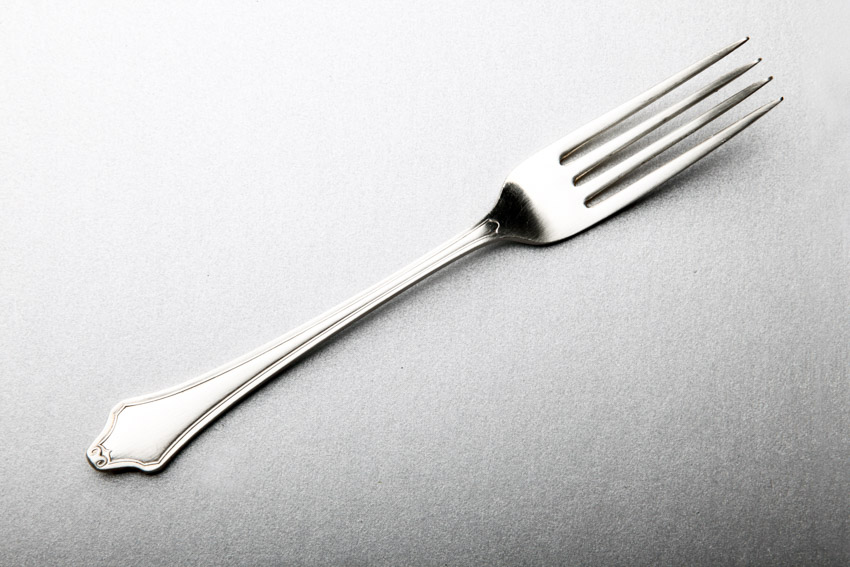
As the term implies, a serving fork is used to serve different kinds of food dishes from a buffet, such as cut meat, fish, or cheese. Serving forks are also sometimes used as a substitute when cleaning meat.
With its function, serving forks will have a long handle that has two to four times with three tines or prongs as the most common. The three tines are useful in picking up thin slices of meat, though two tines are preferred as they can hold food safely.
Variations of serving forks:
• Avance: A slender fork with a triangular cross-section with a matte finish. It’s perfectly safe for dishwashers.
• Balance: Forks have a very basic function which gives more room to aesthetics. Forks that look intricate add a decorative element in the dining room or even if it’s simply up on display. Balance forks have soft curves bent to harmonize with rounded corners and shapes to give them that delicate appearance we all want in a simple fork.
• Cado: Not everyone wants to have complicated-looking forks, and they simply won’t fit with the established aesthetics of the home interior. So, a simple fork designed for modern times is sometimes all that is needed. This fork has a matte finish for easy handling and is dishwasher safe.
• Boston: Blending forks with any set of décor is sometimes a way to relieve stress when deciding where to position them, especially for meticulous individuals when it comes to these things. The Boston brand of forks does not come with its own repeating patterns. Hence, it should just sit well with any other cutlery.
Dessert Fork
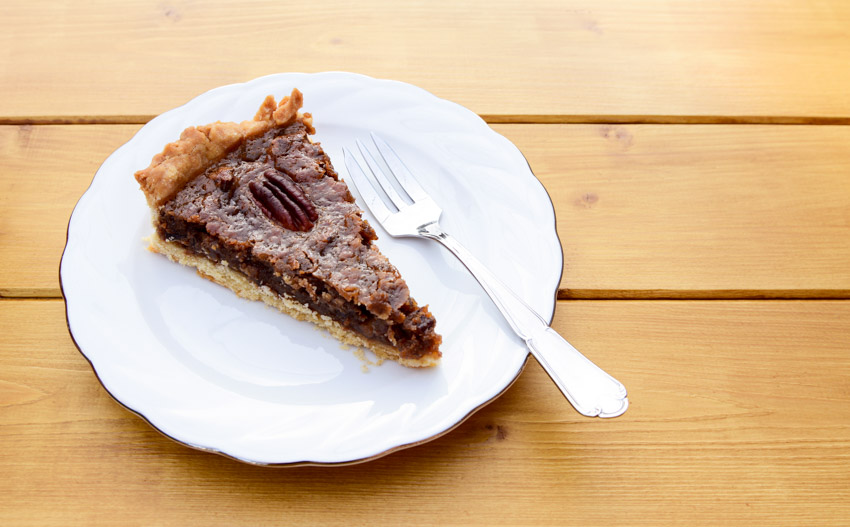
A dessert fork or pastry fork has three to four prongs and is slightly smaller than your salad fork as the size is perfect for eating small portions such as pie or cake. The left tine has a flatted side, allowing the user to cut a dessert while holding the plate with the left hand.
In a table setting, especially for formal dinners, you’ll find the dessert fork at the top of the dinner plate. You can purchase a dessert fork individually or as a part of a silverware set.
Cocktail/Seafood Fork
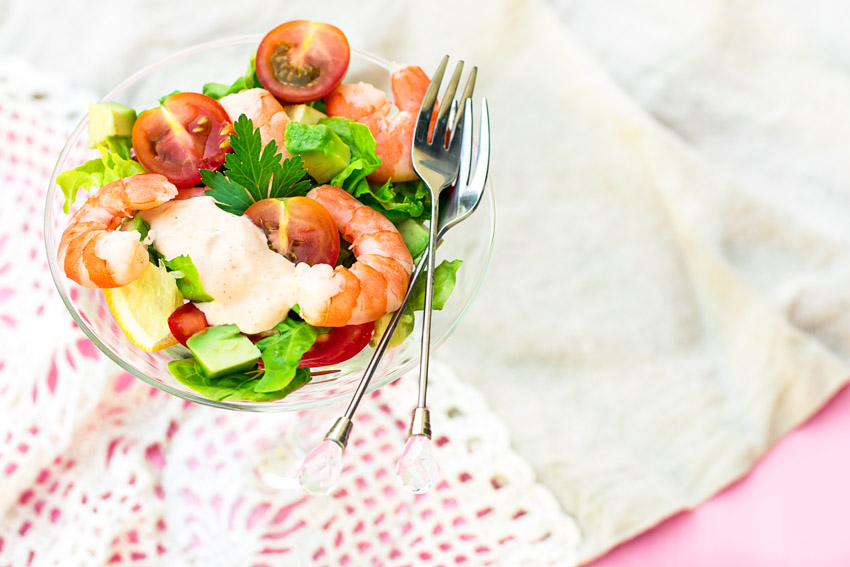
A small fork of around 4 ½ to 5 ½ inches in length, the cocktail or sometimes called a seafood fork, is often found in bars that are used to eat seafood or add garnishes to drinks.
The seafood fork typically has two to three prongs that are designed to handle lives and other tiny garnishments. You can use the cocktail fork both for formal and casual settings.
Oyster Fork
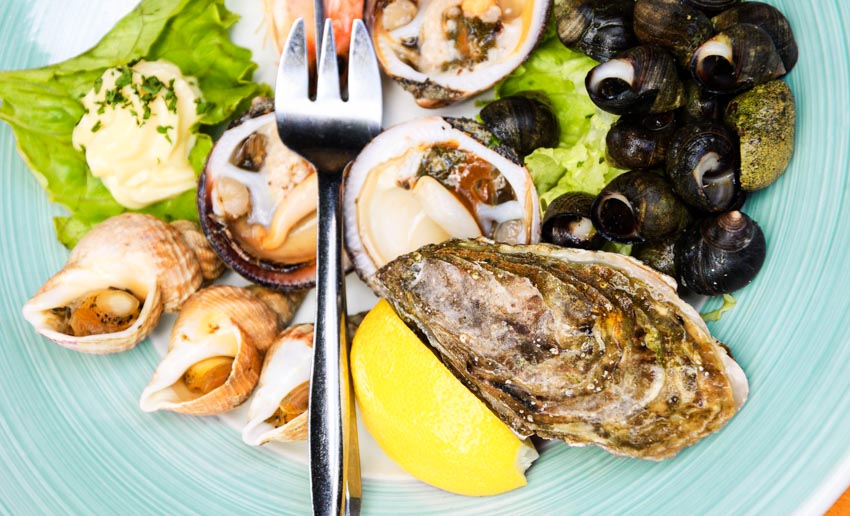
This eating utensil is a must-have for times when crustaceans are served at the table. While it is not a requirement to enjoy oysters or crabs, this is a handy tool. The fork has two or three times, which is no different from a regular fork, but the fork is made of thick steel.
A normal fork, especially if it’s very thin, can bend under pressure. You can tell this fork is really meant for prying shell casings open. The fork is sold separately as it is a specialized utensil.
European Dinner Fork

The usual color we see forks are colored in is chrome or silver color. Sometimes, we also encounter plated ones that come in a variety of colors, like gold.
For a European dinner fork, depending on where it is purchased, it can come in black. This gives it a contrasting look from the typical colors we are used to seeing. This is suited for dining rooms that go for a more modern appearance.
Types Of Spoons
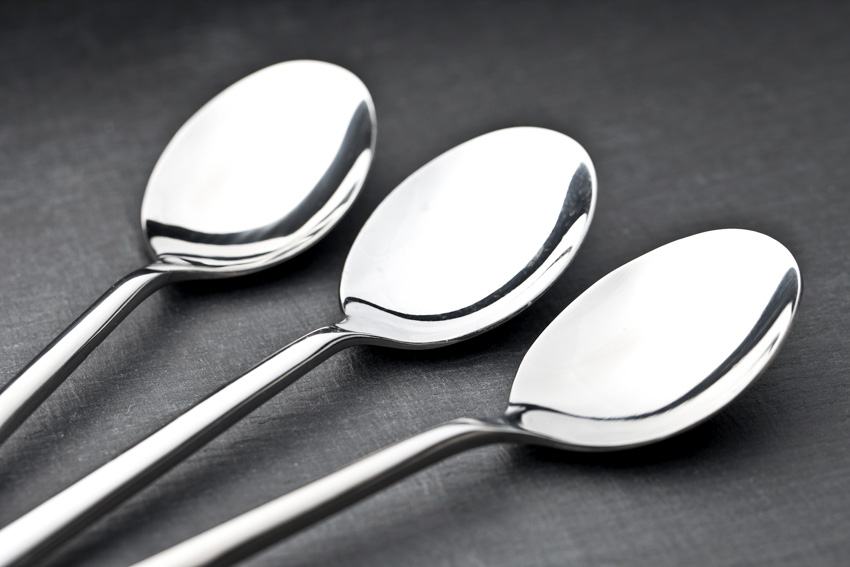
Here, we share the different spoon types and when to use them.
Teaspoon
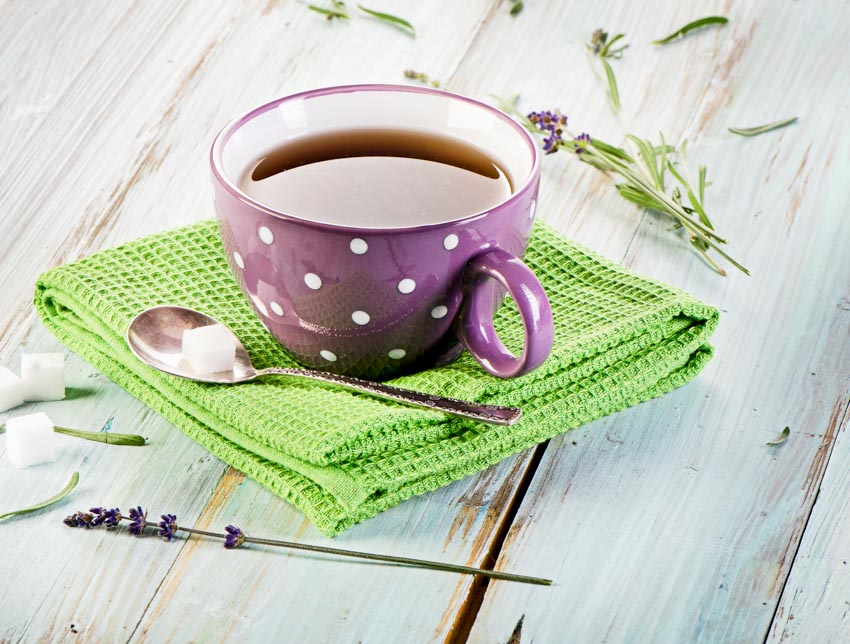
A small spoon usually goes unnoticed among a collection of spoons until it’s time to follow some baking instructions or administer medication. Teaspoons have a standard capacity ranging from 2.5 ml to 5 ml.
The latter is also known as a teaspoonful. While there are dedicated spoons for stirring drinks, the small size of this spoon is also useful for that purpose.
Tablespoon
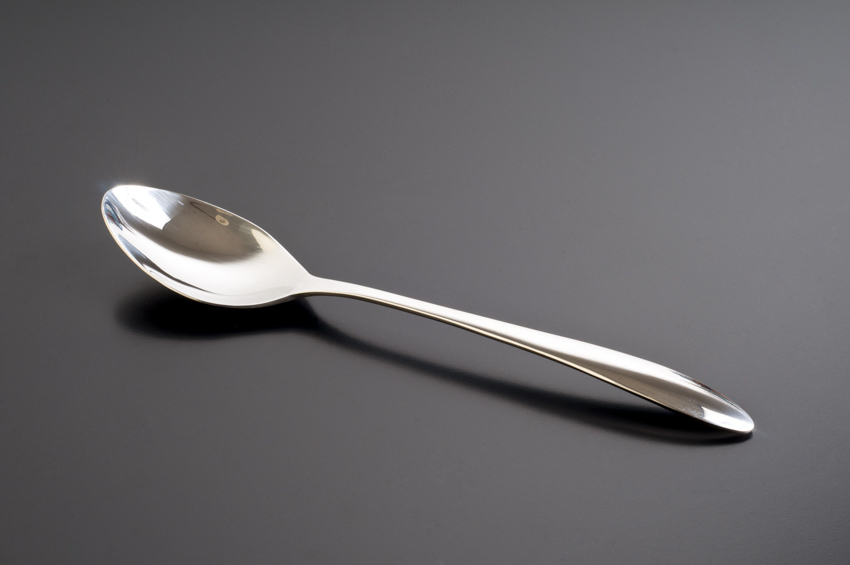
A tablespoon is a general-purpose utensil for eating, mixing, drinking, etc., which we use for our daily needs. A standard tablespoonful varies based on region. In the Western world, the U.S. tablespoonful capacity is 14.8 ml, the U.K. and Canada have it at 15 ml, and Australia at 20 ml.
If you are buying spoons and you are very particular about these details, you might want to check if the spoon you are buying is the exact capacity you need, especially if it will be used in cooking.
Soup Spoon
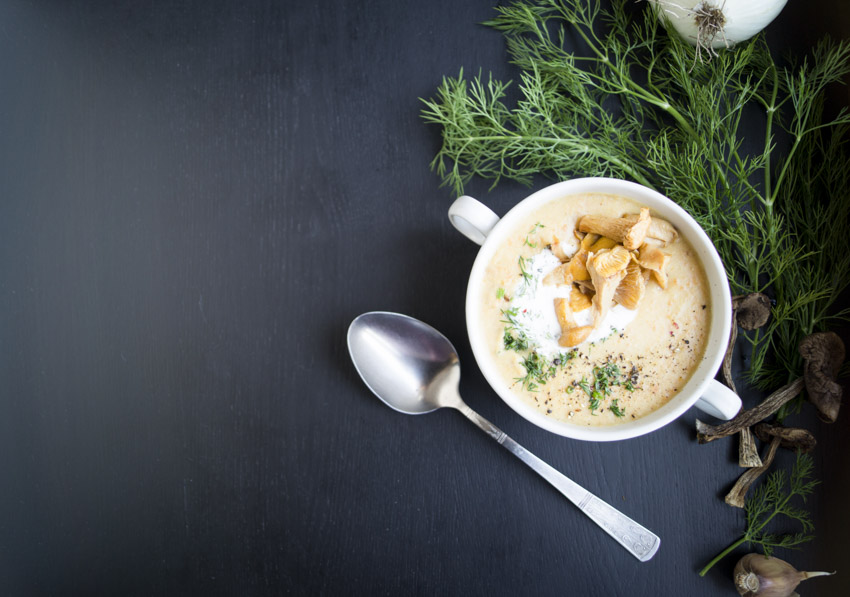
This large class of spoons is characterized by its large capacity and deep concave to make room for fluid contents. It is used for transferring large amounts of fluids in one go. Some soup spoons come with long handles, angled at almost 90 degrees, for mixing soup in deep cylindrical pots while still cooking.
This keeps the cook from burning themselves, allowing them to reach deep into the soup to get better leverage for mixing. The ladles can be made either from metal or plastic and are usually bought separately, or they can be part of a set of cooking utensils.
Asian Soup Spoon
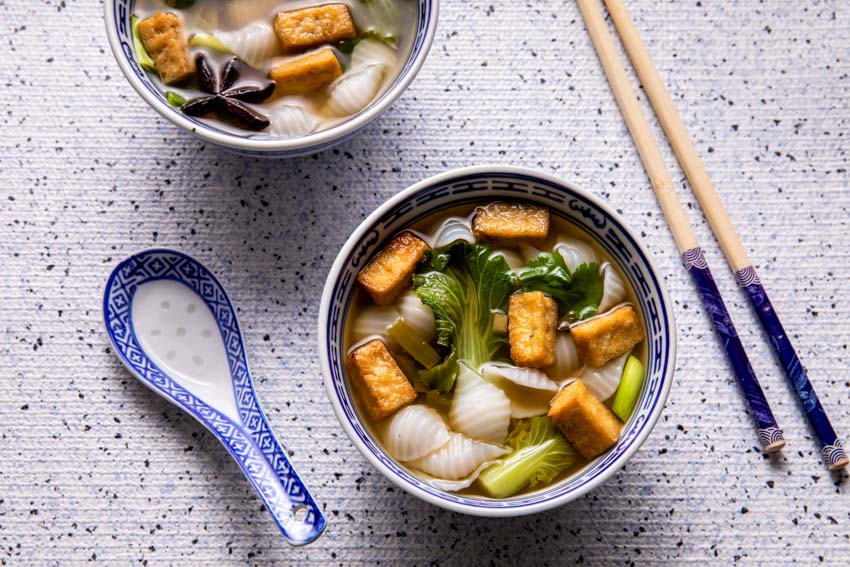
The Asian soup spoon has a shorter handle and a broader and deeper oval bowl. This accommodates other ingredients like meats and vegetables, common in Asian cuisines.
This type of spoon is used both for serving and sipping soup. Designs and materials can vary from ceramic with floral designs to carved wood to plastic.
A variation of an Asian soup spoon is the Chinese soup spoon which is short and thick-handled, with the handle having a deep recess extending directly to the spoon. The Chinese soup spoon is extensively used in Chinese cuisine for soups and solid food.
Dessert Spoon
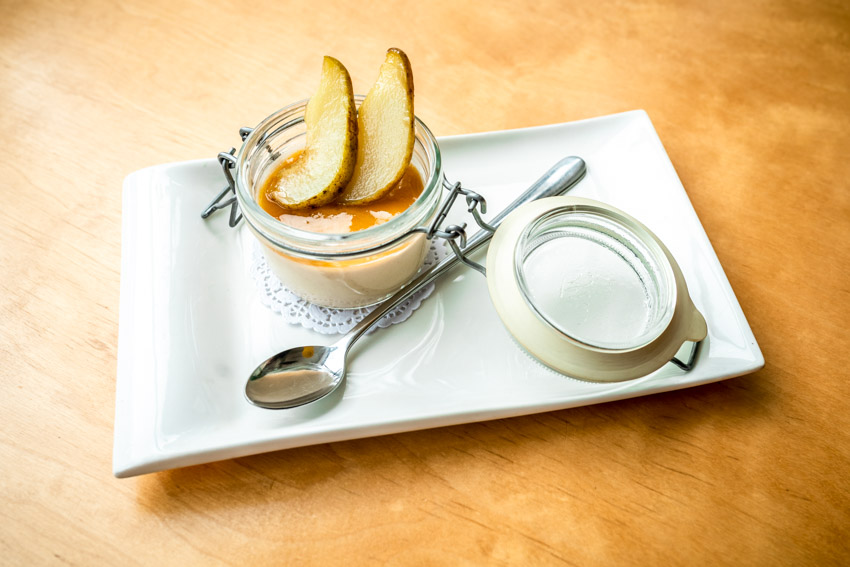
The dessert spoon is almost indistinguishable from a regular spoon at first glance but based on capacity, the dessert spoon’s capacity is halfway between a teaspoon and a regular spoon, which is around 10 ml. The spoon is used for eating desserts but can also function for taking sips of soup or for eating cereals.
It can also be used for measuring ingredients when cooking, just like the teaspoon. Its shape can be oval, or some designs are even squared or flat, similar to the form of a spatula but still with the bowl in the middle.
Bouillon Spoon
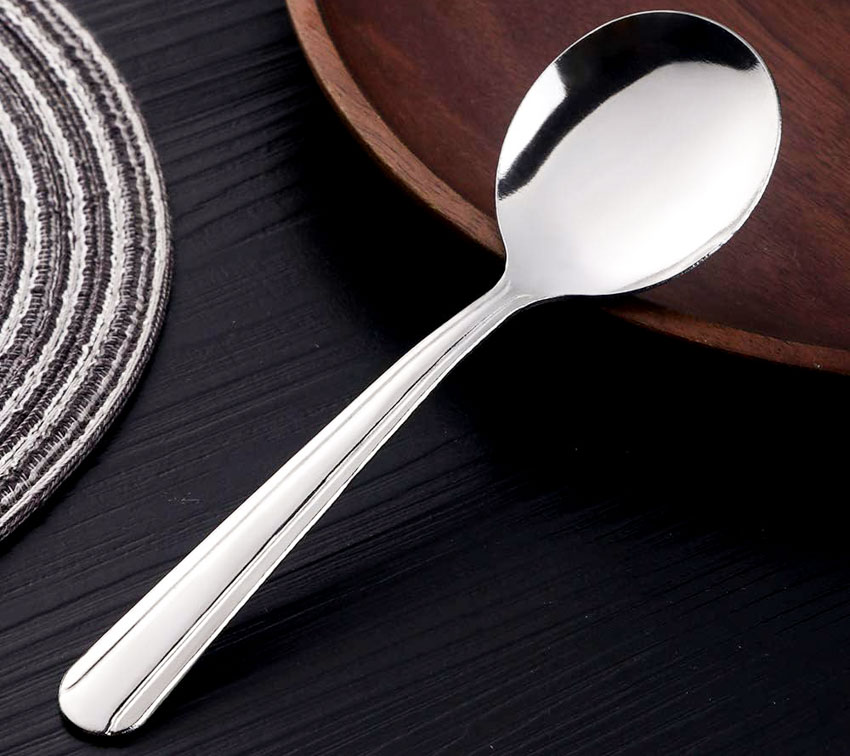
A bouillon spoon has a similar form factor to the Asian soup spoon, but this one has a rounder (almost circular if not fully circular) and a shallower bowl with a short handle.
This spoon is best used for handling soups with lighter ingredients, such as broth soup. It’s also best used for clear soups or ones with a jelly consistency. This is not recommended for creamy soups.
Demitasse Spoon
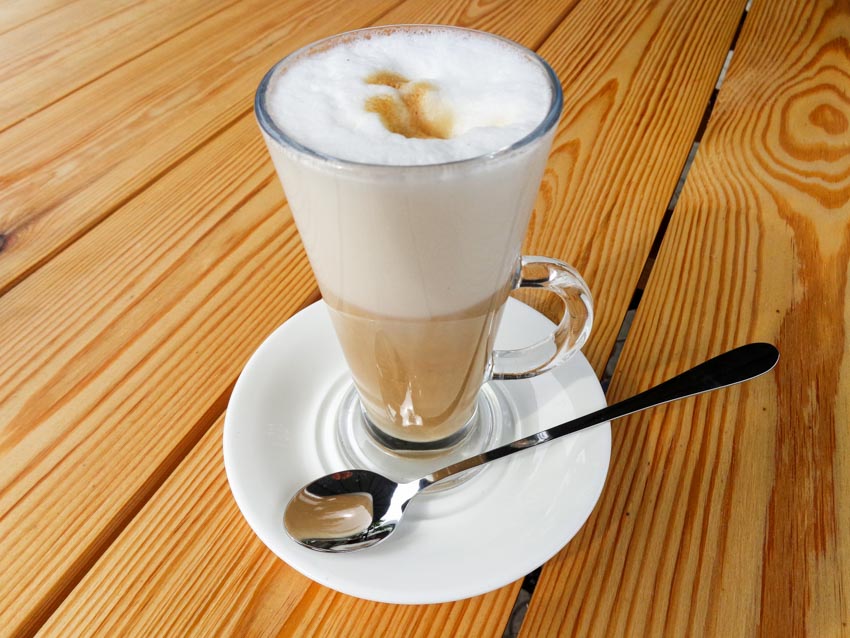
This is a special spoon intended to be used for drinking coffee or espresso. The demitasse spoon has a capacity of 2.5 ml. It is smaller than a teaspoon and has a longer handle. The small size of the bowl makes it easy to maneuver around and scoop excess foam from the surface of an espresso.
While not a requirement for drinking your favorite morning beverage, it’s an interesting item to have at home for special occasions. In a commercial setting, it’s a time saver.
Iced Tea Spoon Or Soda Spoon
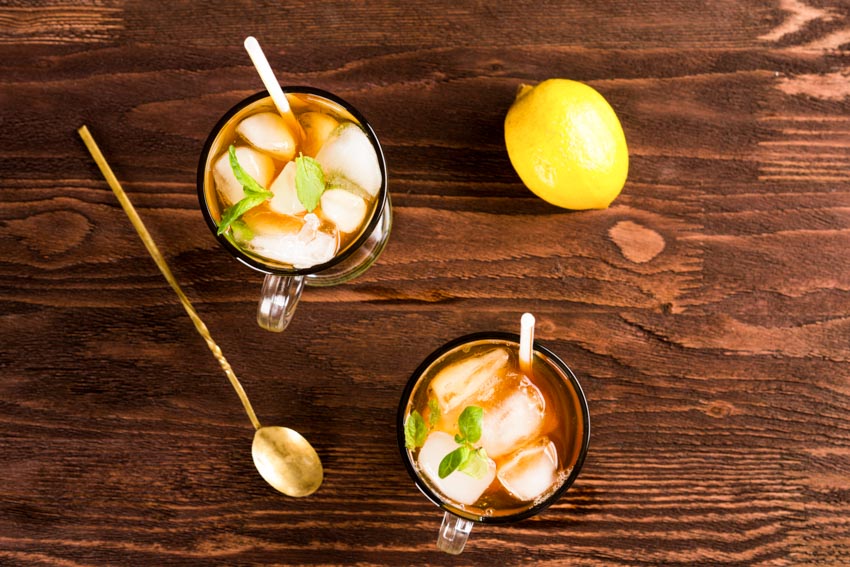
This spoon has a long handle with a small oval bowl, also called a latte spoon or soda spoon, which is mainly used in the U.S. The function of this spoon is to stir sugar into ice tea or with other sweeteners. They can also be used to eat ice cream, shakes, floats, or sundaes.
The tea served in a professional setting comes in a tall glass or beer mugs; for this reason, the iced tea spoon’s length conveniently reaches the bottom of the tall glass or mugs. The long handle also allows the server or customer to mix ingredients better.
Citrus Spoon / Grapefruit Spoon
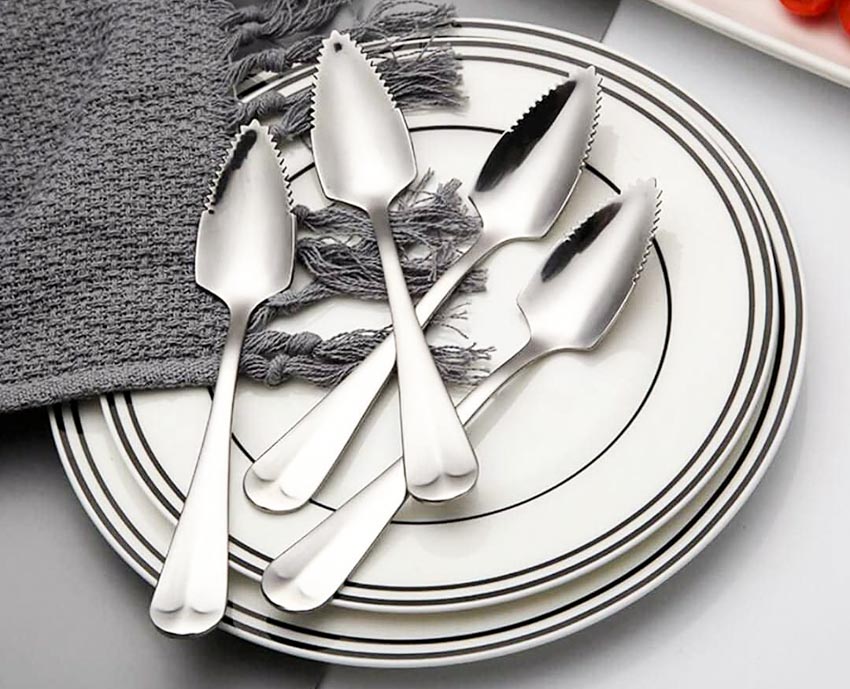
The citrus spoon is another type of spoon close to or similar in size to your typical tablespoon. The main difference between the citrus to the typical table spoon is the edge.
The edge of a citrus spoon is particularly sharp or serrated with a tapered head, shaped in a way that makes it easy to scrape the insides of fruit such as a grapefruit. The citrus spoon comes in other names such as fruit, grapefruit, or orange.
Types Of Table Knives
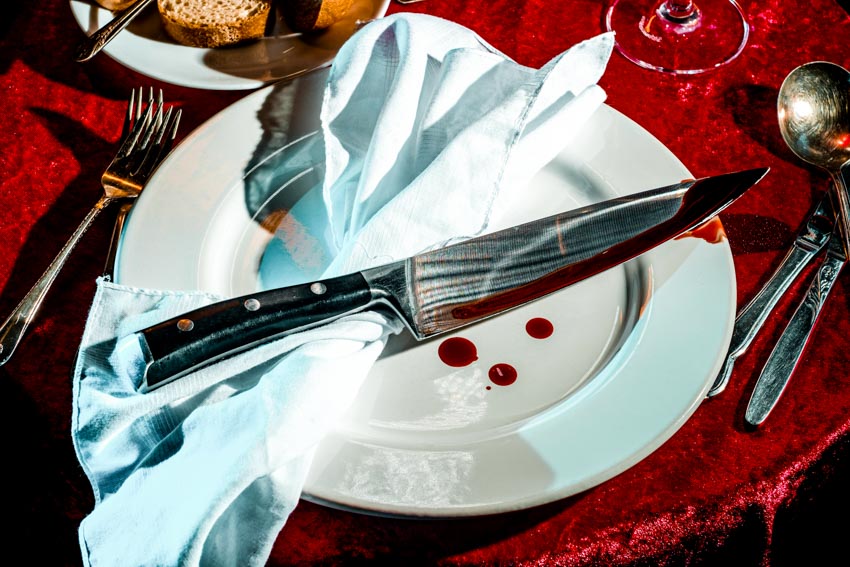
Here, we share the different table knife types and when to use them.
Dinner Knife
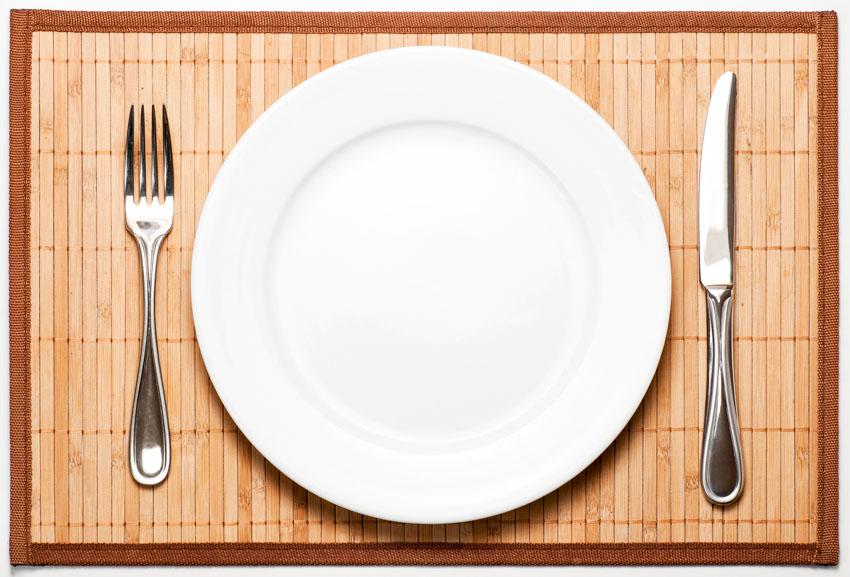
Sometimes, the food that is served can still be too large to chew or fit on a regular spoon, so we need a tool to cut the food into even smaller pieces. Bringing a regular knife to most types of dining tables is awkward and not recommended for safety reasons, especially in a commercial setting.
So the solution is to use a table knife or dinner knife. This knife is small, fits nicely in hand, and comes with a serrated edge. This is used to saw meets or vegetables into smaller chunks for convenience.
Butter Knife
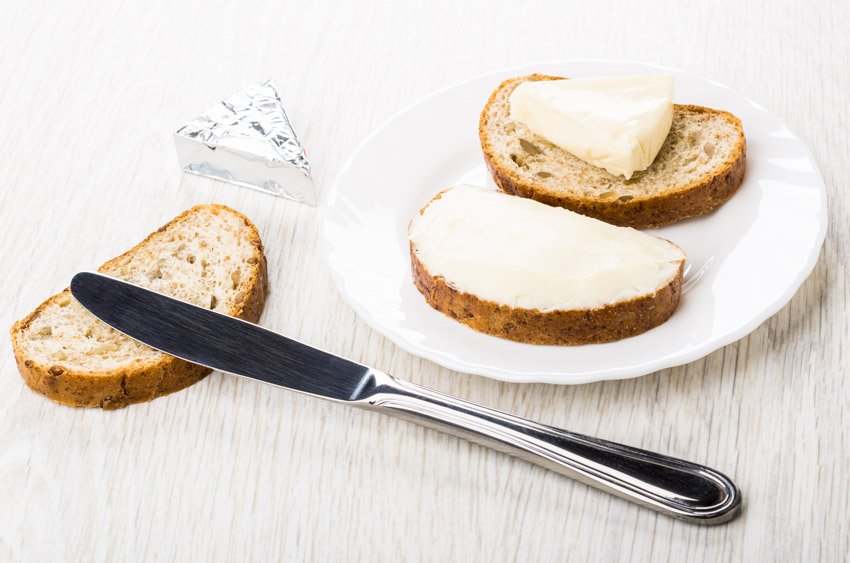
The butter knife has a similar form factor to the dinner knife. From a distance, they can even look the same. But the butter knife lacks a serrated edge and does not have a pointed edge (it’s rounded). In fact, it’s dull, so it is used to scrape butter and spread it onto whatever surface it is applied.
Steak Knife
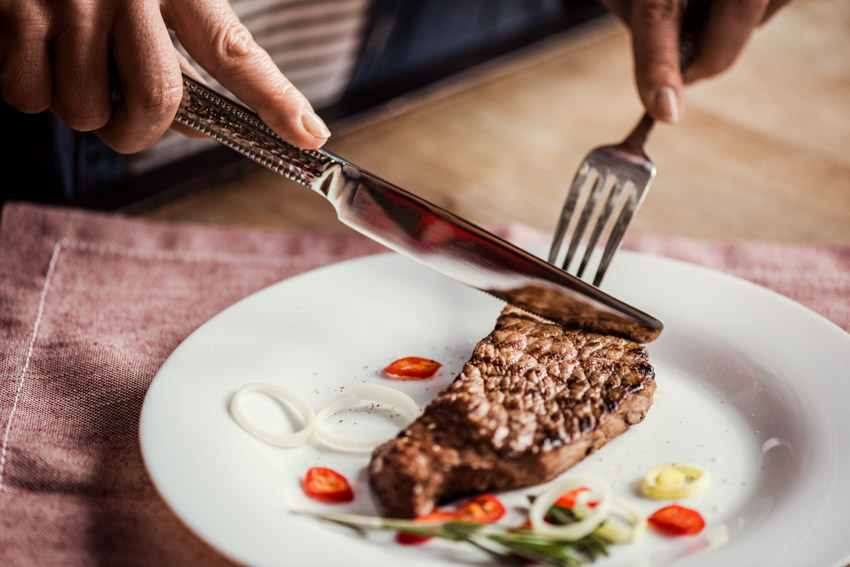
A steak knife is an important tool when dealing with large chunks of meat at the dinner table. It has a pointed tip with a serrated edge. The shape resembles more of what you’d expect from a knife but is smaller. This is not to be confused with the dinner knife, whose shape is more rounded than a regular knife.
In a steakhouse, a steak knife usually has the part of the blade serrated and a wood handle. Straight-edged variations are typical in Europe, while the U.S. has the serrated version.
To maintain the serrated edge sharpness, the knife is washed by hand to prevent the detergent from dulling the edge. While steak knives come in various lengths, the typical blade will be 4 to 6 inches long, varying in thickness, depending on the manufacturer.
Fish Knife

Also known as a fillet knife, this is used to remove a fish’s skin (scales). The knife is flexible, so it bends with the shape of the fish. The size and length of the blade can vary. When purchasing, try to purchase a set with various lengths. This is to address the different species of fish that grow in different sizes.
The blade is curved to one side with a very pointed tip. The tip is great at piercing the scales of the fish. The sharp edge can effortlessly cut through and fillet. Be picky also when it comes to the handle for safety reasons. A rubberized or wooden grip is ideal since you are likely to be handling the knife with wet hands.
Flexibility is another factor to look into when purchasing fish knives. The more flexible it is, the better control you have. The metal it is made from should also be tough to avoid having to sharpen the knife too often. A balance between flexibility and toughness is an important matter.
Dessert Knife

Also called a table knife, the dessert knife is similar to the dinner knife but smaller, intended for cutting soft food while dining. The dessert knife comes with basic flatware and cutlery, with your forks and spoons.
Cheese Knife
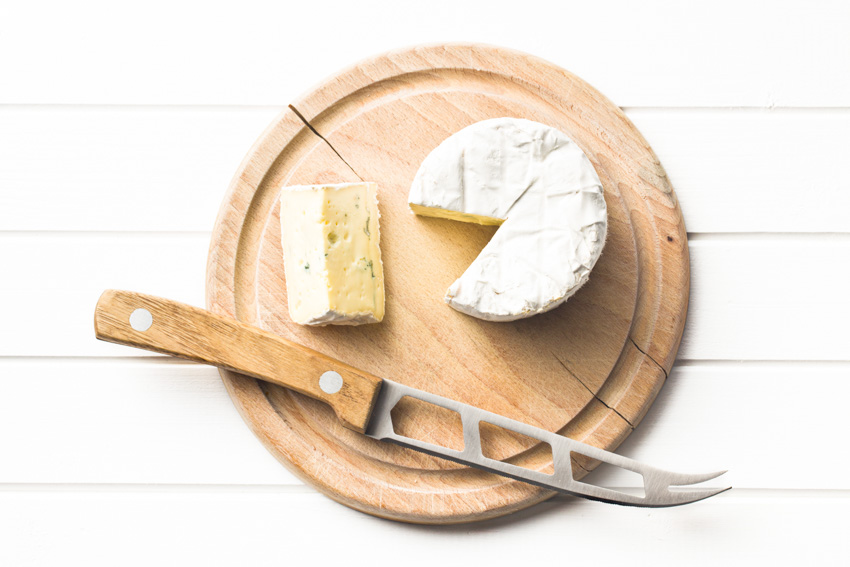
The cheese knife is a useful tool to have when dealing with cheese, especially when it’s hard. The cheese knife has many types intended to deal with all kinds of cheese hardness.
Here are a few examples of types of cheese knives.
• Cheese Spreader: As the name says, it’s a very basic tool for spreading cheese onto surfaces. The edge is dull with a rounded point. The tool is meant to scrape the surface of the cheese.
• Soft Cheese Knife: Not all cheese has the same hardness, and something like a simple soft cheese knife can handle it. The most distinguishable characteristic of this knife is the holes dotting the blade. The holes are there to keep the cheese from sticking. The holes can also be used to “punch out” a small amount of cheese.
• Slim Blade Cheese Knife: This interesting utensil comes with an unusual shape that’s probably rare in a typical home. The blade is thin to ensure that the smallest amount of cheese will come in contact with it.
The handle is offset from the blade, higher by a few millimeters, to ensure that the knuckles don’t come into contact with the board. This also ensures a thorough cut. This knife is best used on soft cheeses like Boursault and Camembert.
• Flat Cheese Knife: The flat cheese knife, at first glance, is basically a chisel but with a wider blade as opposed to those used in carpentry. The shape gives the user better leverage for cutting up thin pieces from aged cheeses. This tool is ideal for cutting semi-soft to semi-hard types of cheeses.
• Hard Cheese Knife: This is the largest of the bunch and is meant for cutting “pie cuts” from a roll of cheese. Some designs of this knife feature two handles on each end of the blade for better leverage when pushing down on a roll of cheese.
• Cheddar Cheese Knife: The cheddar cheese knife is a cleaver for cheese. The broad blade and offset grip will give the user better leverage when cutting thin slices of cheddar, and the grip will keep the knuckles from hitting the cutting board.
• Pronged Cheese Knife: A small knife with a two-pronged end. The knife is used to cut soft to semi-hard cheese, and prongs are used to pick those pieces up. This is a handy tool for serving cheese.
Butter Spreader

A butter spreader is a simple tool used for spreading butter, just like the cheese spreader. It works with the same principle. The spreader has a dull edge and is used for scraping butter. The blade is usually hard in order to spread the condiment better.
European Dinner Knife
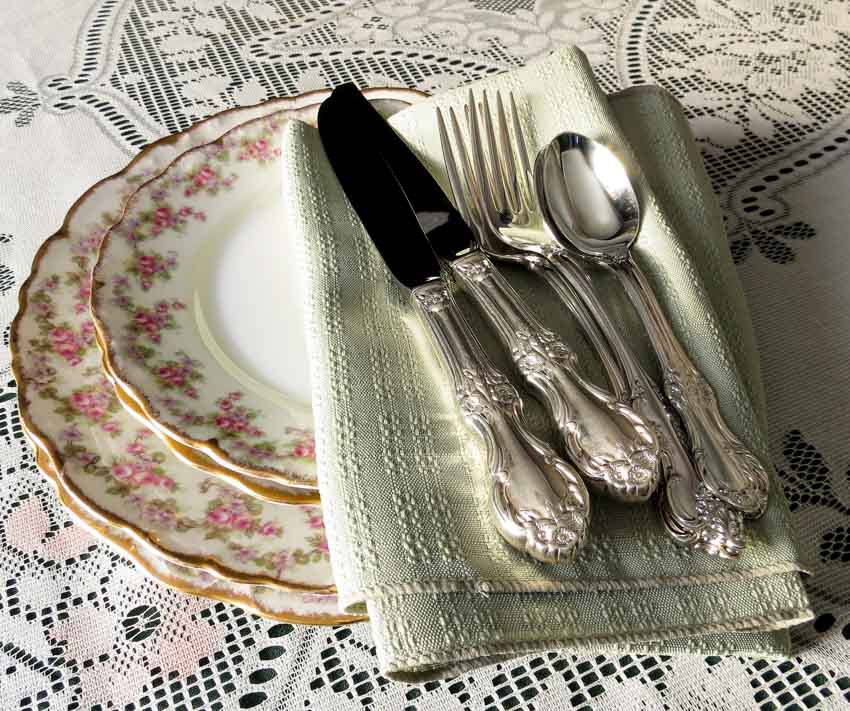
Dinner knives are great for occasions when you need a handy tool for cutting at the dinner table, especially in a commercial or professional setting. European dinner knives come in a variety of sizes and can be purchased either as a set or by piece.
Purchasing them by set is optimal to get the same level of quality and avoid inconsistencies. The knives have rounded points with a serrated edge on one end, making them easy to handle on dinner types of plates. These knives are often found in big-name restaurants.
Specialty Silverware Utensils
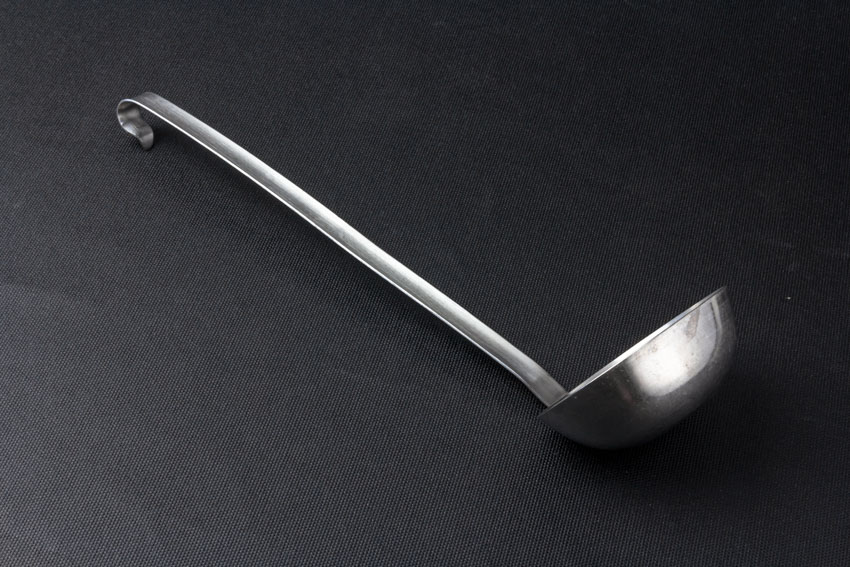
Fancy eating with shiny utensils? Specialty silverware utensils refer to a collection of various eating utensils sold as a set. The set can contain anything from a spoon to dinner knives and utensils that you wouldn’t usually find in a typical utensil set.
The design and make of the utensils can range from plastic to metal. Although metals are likely what you’d really run into. It all depends on the manufacturer. The designs can be as fancy with intricate designs and branding, even gold plated, or ones with wooden handles instead of it being a pure piece of metal.
Specialty silverware utensils are perfect as presents for a newlywed couple or as a birthday gift. These are not something to be used casually or are not suitable for commercial settings due to the high maintenance and price tag. They are best reserved for festive occasions.
Serving Tongs
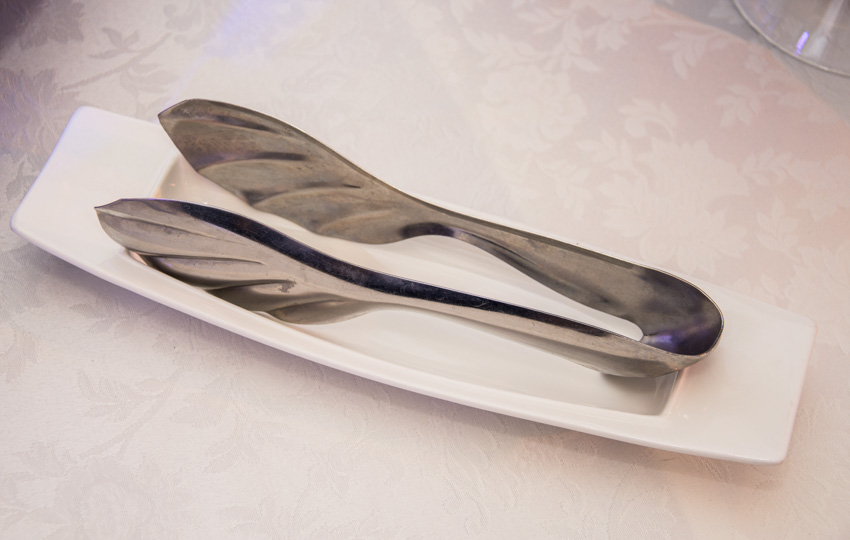
If there’s one struggle when handling food sometimes, it’s avoiding the misfortune of spilling the food while transferring from one container to another. Server tongs are the closest you’ll get to handling food with your fingers.
Tongs have a straightforward design, made to fit on the palm with the thumb resting on one side and the rest of the fingers on the other. A spring keeps the tongs normally open, and the user can simply bring the two arms together.
The ends of the arms are wider with jagged edges to help grip food. The tongs are handy when frying food. Instead of flipping food with a spatula, the tongs allow for more articulate control. Ingredients can be repositioned on a plate or frying pan more precisely without the risk of contaminating the food injury to self.
Sauce Ladle
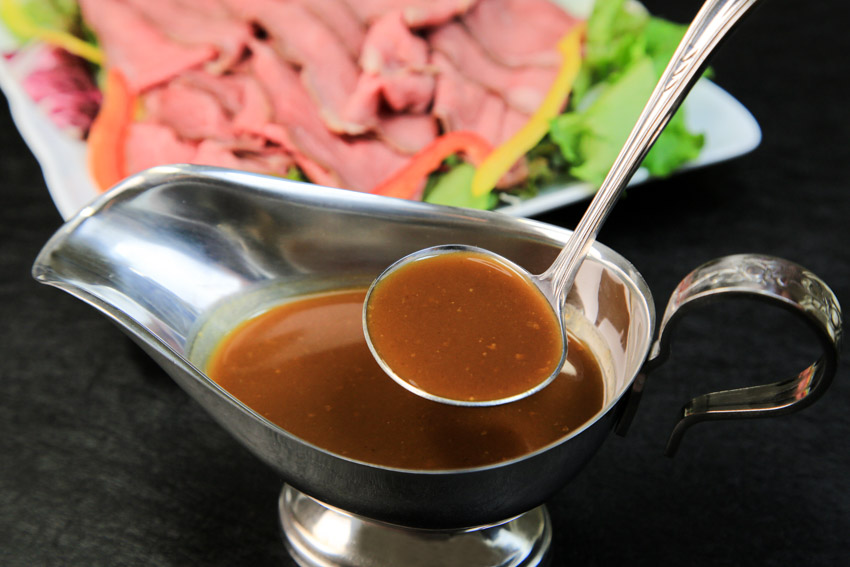
The sauce ladle is the bigger sibling of the soup spoon. A ladle is what people use when serving soup. The bowl is very deep, and the handle length. Those with handles shorter than five inches are great for distributing condiments or sauces. Those with longer handles are great for the toppings of dishes.
Other types of sauce ladles:
• Slotted Ladle: While ladies are typically used for transferring soup, a slotted ladle is used for transferring solids. There are dishes where only solid ingredients are required and not the soup.
• Soup Ladle: The soup ladle comes at the longer end of the spectrum at around 15 inches long with a deep bowl. The ladle is used for serving beverages like punch or soups.
Crab Crackers
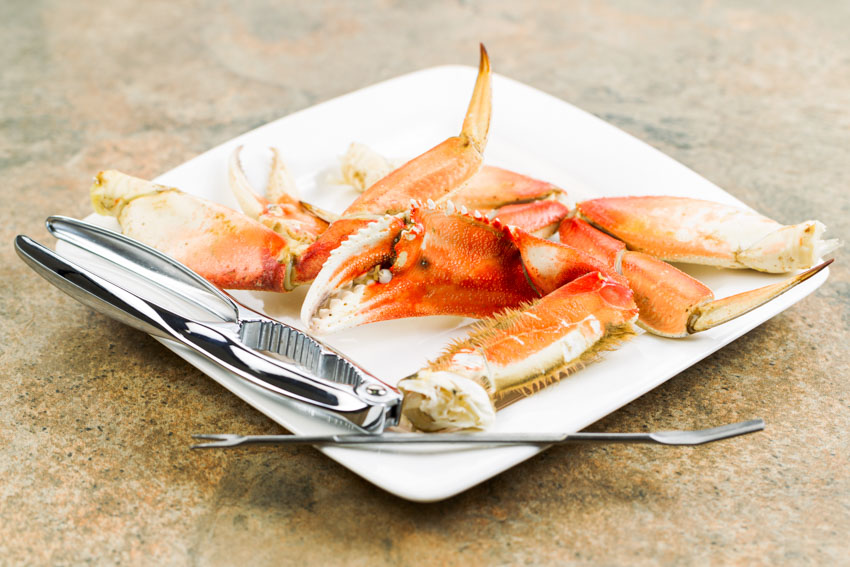
Crustaceans are hard to crack open, especially at the dinner plate. Aside from hammering the shell with a heavy object, crab crackers are modified nutcrackers for cracking the shell without damaging the insides.
The tool works for both crabs and lobsters. Nutcrackers and crab crackers are interchangeable tools, and it just depends on what you have at the table. For the tool to work, the shelled part is inserted between the jaws of the tools, the hand squeezes, and using leverage, the shell is cracked.
Chopsticks
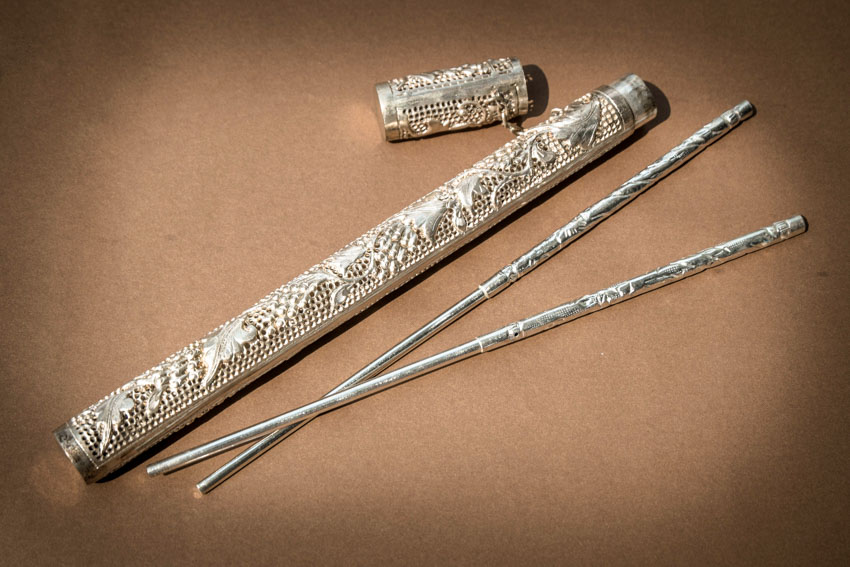
Asian cuisine, particularly East Asian, won’t be complete without the good old chopsticks. The utensil takes some skill to get used to. The pair of sticks are simple in design. It’s a rod with a pointed end but not so pointed it can actually stab without significant force.
Chopsticks can be made from wood, metal, or plastic, depending on where and when it is used. A commercial setting is likely to offer wood and plastic as these are easy to manufacture and dispose of.
Eating with chopsticks come with some etiquette, just like any other dining custom. Handling the chopsticks in certain ways can mean certain things. Actions such as stabbing food or sticking a mound of rice with chopsticks are considered bad luck or death.
Placing them down in the wrong orientation can also mean bad luck, or pointing the sticks at a person is considered rude. Be wary of these customs when eating with chopsticks.
Types Of Stainless Steel Flatware
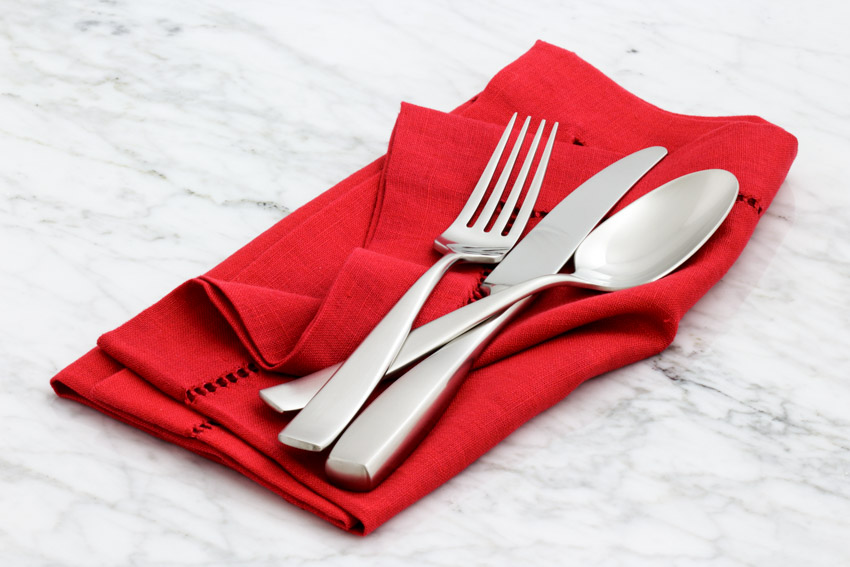
Before getting into the technical aspects, flatware is a common term for dining utensils. The common material used to make these is stainless steel. The quality of the steel determines the total price tag.
Each type of alloy comes with its pros and cons, which is something to consider when choosing utensils. All kinds of results can be achieved by taking advantage of the chemical properties of chromium, oxygen, and nickel.
18/10 vs. 18/0 Stainless Steel: The numbers in each pair denote the percentage of chromium to nickel, respectively. In this case, if you purchase flatware with an 18/10 rating, your utensil is 18% chromium and 10% nickel. 18/0 means it has no nickel and is magnetic but at the cost of durability.
The amount of nickel will determine how resistant the utensil is to rust or corrosion. The magnetic properties are handy for those using magnetic flatware receivers in their business. 18/10 is also more presentable and can be washed even dozens of times by hand or in a dishwasher.
18/8 vs. 18/10 Stainless Steel: Opting for an 18/10 stainless steel utensil should be your choice if you need great luster and shine. Of course, this also means a higher price tag. Very practical for businesses in the food industry due to their durability.
Durability is everything when it comes to flatware. Spoons and forks that bend are not comfortable to use, not to mention the necessary man-hours required to bend them back into shape.
An 18/10 stainless steel means you have 18% chrome and 10% nickel. Thus, you have 18/8 stainless steel, 18% chrome, and 8% nickel. The nickel content will affect the stainless-steel luster as well as the corrosiveness.
13/0 Stainless Steel: This type of stainless steel is ideal for forging knives; despite having a lower chromium percentage, the knife is still able to hold its edge (sharpness). The high chromium rate will also allow it to maintain its rust and corrosion-resisting abilities.
The stainless steel 13/0 is composed of 13% chromium and 0% nickel. Your dessert and most dinner knives are made from 13/0 stainless steel. This composition is perfect for forging sharp cutting surfaces while having a high corrosion-resistant and rust-resistant feature.
See more related content in our article about dining room essentials on this page.

